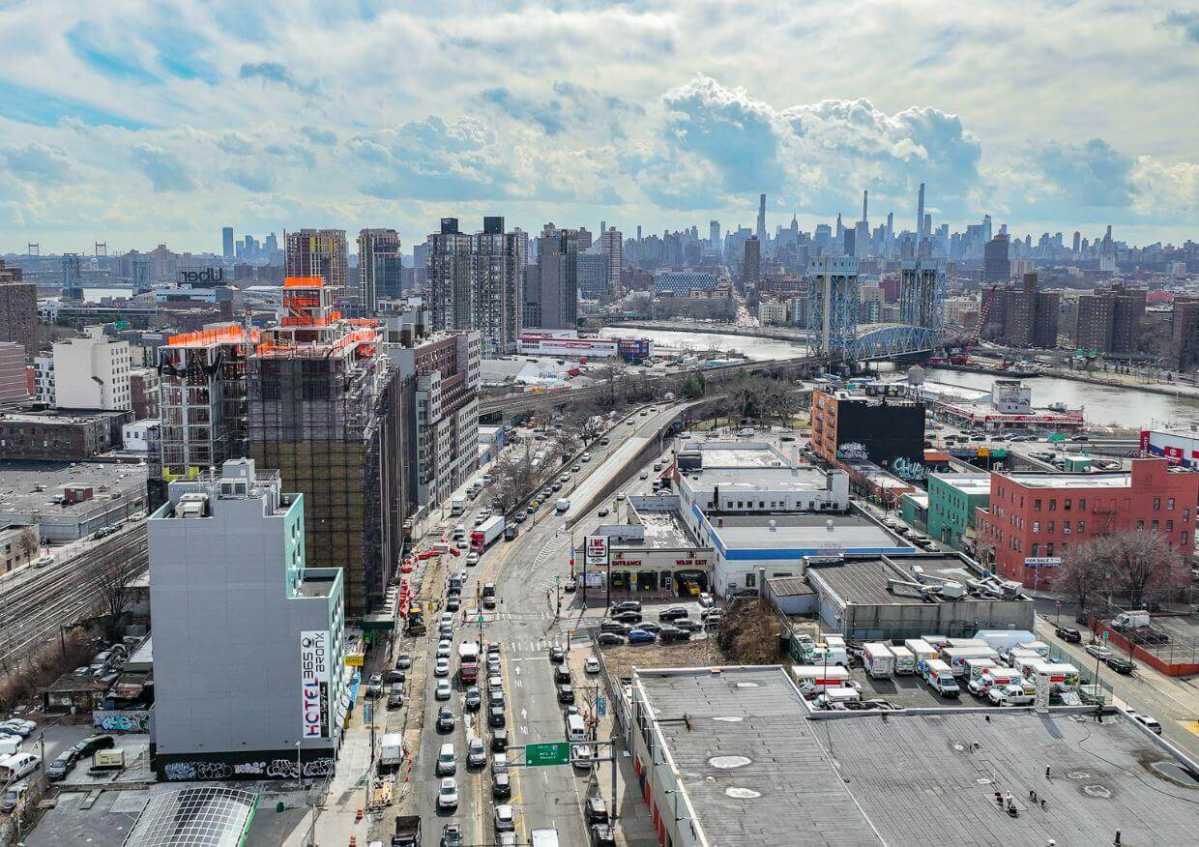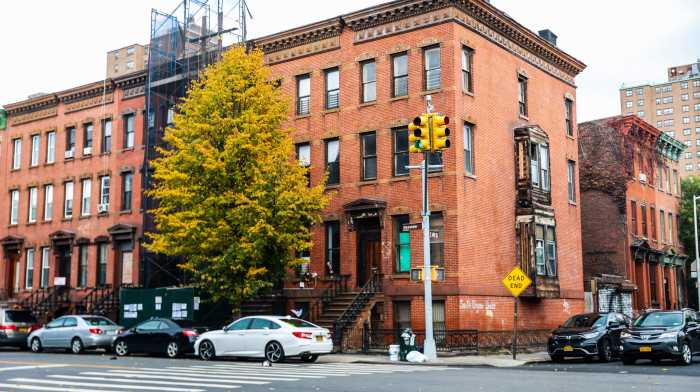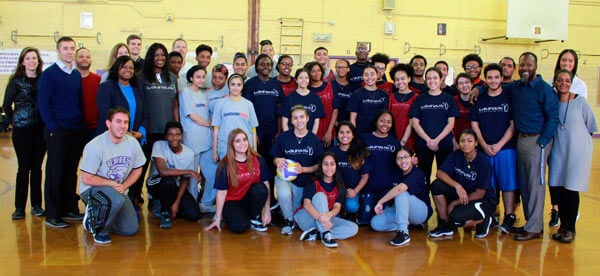About 60,000 people call Mott Haven and Port Morris home, the overwhelming majority of whom are Black, Puerto Rican and/or immigrants from Mexico and various parts of the African continent — less than 3% of all residents are white. Mott Haven and Port Morris make up a rich, vibrant, beau ideal of sorts of culture, creativity and activism, and proudly so. Yet, we are still met with limiting narratives and stigma as a consequence of being the poorest congressional district in the country.
Folks in the South Bronx have long been subject to immense racial, social and environmental injustice. One of the primary ways in which systemic oppression manifests itself in the South Bronx is through the disproportionate concentration of polluting facilities adjacent to residents’ homes and the disproportionate presence of peak power plants (‘peaker plants’), waste transfer stations, expressways, last-mile warehouses and other toxin-emitting infrastructures situated right in the community. Moreover, residents of the South Bronx also have some of the most limited access to green space per capita of all New York City residents.
It stands to reason that the South Bronx has the worst air quality of any New York City neighborhood. When taken together, intense daily exposure to toxins and little to no access to green space result in disproportionately high rates of illnesses, ranging from asthma and heart disease to cognitive impairment and dementia for folks in the community.
The deleterious effects, which air pollution has on cognitive development are evidenced by the low academic performance of several schools in “Asthma Alley,” with the low academic performance of students being inextricably linked to the disproportionate rates at which South Bronx residents suffer from asthma. Mott Haven Community High School ranked 1,183 out of 1,190, with students’ mathematics, science and reading proficiency rates averaging below 65% and a graduation rate of 26%.
The school’s student body is 96% made up of people of color and 86% of the school’s students qualify for the Free Lunch Program. Here, we see the correlations between air quality, cognitive development and academic performance, non-whiteness and poverty. People of color and people living in poverty are the ones who are left to breathe polluted air, which in turn harms them both physically and mentally. As we learn and relearn every day in the South Bronx, air quality is a determinant of a person’s holistic wellness.
During the Jan. 21 Community Tour of the South Bronx and Harlem, a busload of folks eager to share in a truly unique opportunity to learn about the effects of toxic polluting facilities in those communities got out at several toxic sites (e.g.: the peak power plants near Fresh Direct’s Port Morris perches) and walked around, face-to-face with looming giants of air pollution to which many thousands of New Yorkers are exposed to every day. We craned our necks to gawk at the sites, snapping photos as we went.
Though air pollution is a matter of doom and gloom, there is cause for optimism, thanks to President Biden’s Justice40 Initiative. Justice40, an integral component of Executive Order 14008, recognizes the disproportionate burden shouldered by ‘disadvantaged communities’ – which includes folks in Mott Haven and Port Morris – with respect to air pollution, and it commits itself to using 40% of its funds from a whole host of different federal grants and initiatives to invest in clean energy for these communities.
Community tours are a hallmark of WE ACT for Environmental Justice’s Justice40ward Campaign, a ‘community-led’ campaign which dedicates itself to facilitating transparent communication and collaboration between elected officials on city, state and federal levels and the folks who live in the disadvantaged communities, which the Justice40 Initiative is designed to uplift and assist. This New York leg of the 10 state WE ACT tour came after stops in cities across the U.S., including Houston and Austin, Texas. The hope is that awareness of the Justice40 Initiative will be heightened, and that open dialogue will be developed between community members whom the initiative directly concerns and the elected officials who are to engage with and enforce its workings.
One of our foundational beliefs at South Bronx Unite is that breathing toxic air is the epitome of environmental injustice, and that advocating for clean air is an urgent social justice matter, one that has immediate implications for the physical and cognitive wellness of some of the most at-risk people in our city. We are grateful to everyone involved for a truly eye-opening New York City toxic tour. To visit some of the sites responsible for the damage inflicted upon our communities daily was incredibly powerful. We will continue to draw upon what we learned through this community tour for inspiration as we actively resist environmental injustice and champion the universal right to breathe clean air. We look forward to joining forces with WE ACT again in the near future.
Christina Jones is the environmental justice data coordinator at South Bronx Unite.
For more coverage, follow us on Twitter, Facebook and Instagram @bronxtimes

























